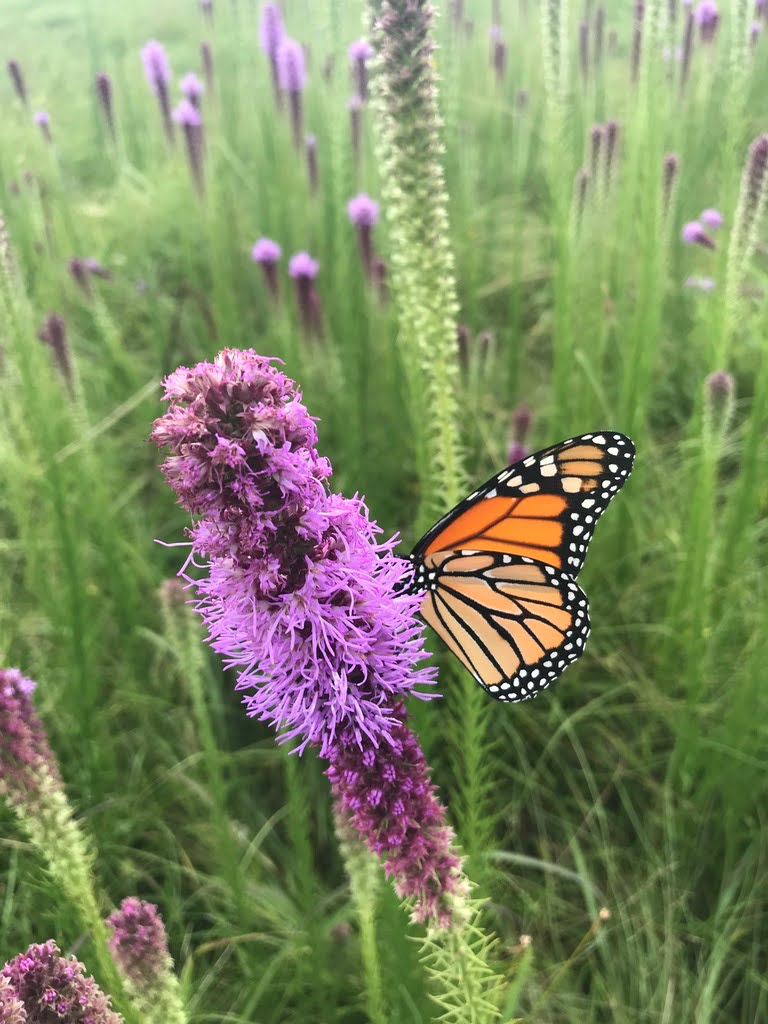America the Beautiful Challenge Priority Species
WHF is focused on improving ecosystems through nature-based solutions to support native grassland species and restore habitat. We will be working with landowners to achieve this goal with funding from the National Fish and Wildlife Foundation through the America the Beautiful Challenge, supporting on-the-ground conservation work across a 17-county area of the Texas mid-coast. WHF will address your specific land use issues and provide best management practices as solutions. Common management practices include seed selection and planting, brush control, invasive species removal, prescribed burning, and rotational grazing strategies to develop habitat and encourage native grassland species to flourish. A well-managed grassland habitat can increase pollinator activity and grassland-dependent bird species, while also creating a more sustainable and resilient ecosystem for all natural resources present, including you.


The benefits that grassland ecosystems can provide are numerous, including reducing erosion, improving water quality, sequestering carbon, and providing habitat for wildlife and pollinators. Native grasslands have deep root structures that filter pollutants from surface runoff and reduce soil erosion, aiding in the number of particulates that can be deposited as runoff into receiving aquatic systems or rivers. This natural process creates a cleaner water system with improved water quality, essential for aquatic life. The deep root structures provided by native grassland species act as a carbon sink, in which carbon dioxide is absorbed by the vegetation during photosynthesis and stored in the root systems and soil, overall improving soil health and air quality.
Well-managed grassland environments that offer a wide array of plant diversity can supply the necessary food and cover for several species of wildlife and pollinators. Identified priority species with declining populations include the bobwhite quail (Colinus virginianus) and monarch butterfly (Danaus plexippus). Grassland birds such as the bobwhite quail rely on the availability of proper nesting and brood rearing habitat. Bobwhite quail need a dense herbaceous habitat with cover near the ground for nesting, and a diverse mixture of grasses and forbs during brood rearing that supplies adequate food and cover to raise their young. Bobwhite quail are an indicator species, meaning the presence of this species in a grassland signals prime habitat in which co-beneficiary species such as the monarch butterfly can also benefit.
Monarchs rely on milkweed and nectar-producing plants to survive, requiring milkweed for larval survival and nectar as an adult. Grasslands support several species of milkweed and nectar-producing plants that can provide the necessary habitat for monarch butterflies to reproduce and survive. Increasing the species of milkweed and nectar-producing plants can overall increase the carrying capacity for monarch butterflies within a habitat, allowing more monarch butterflies to be supported during migration. Grassland habitats that are rich in diversity to support monarch butterfly habitat will also be able to support a wide range of other pollinator species.
Together we can be a part of something bigger and achieve the America the Beautiful Challenge. With your help, we can work together to further improve habitat and create resilient communities for all.

